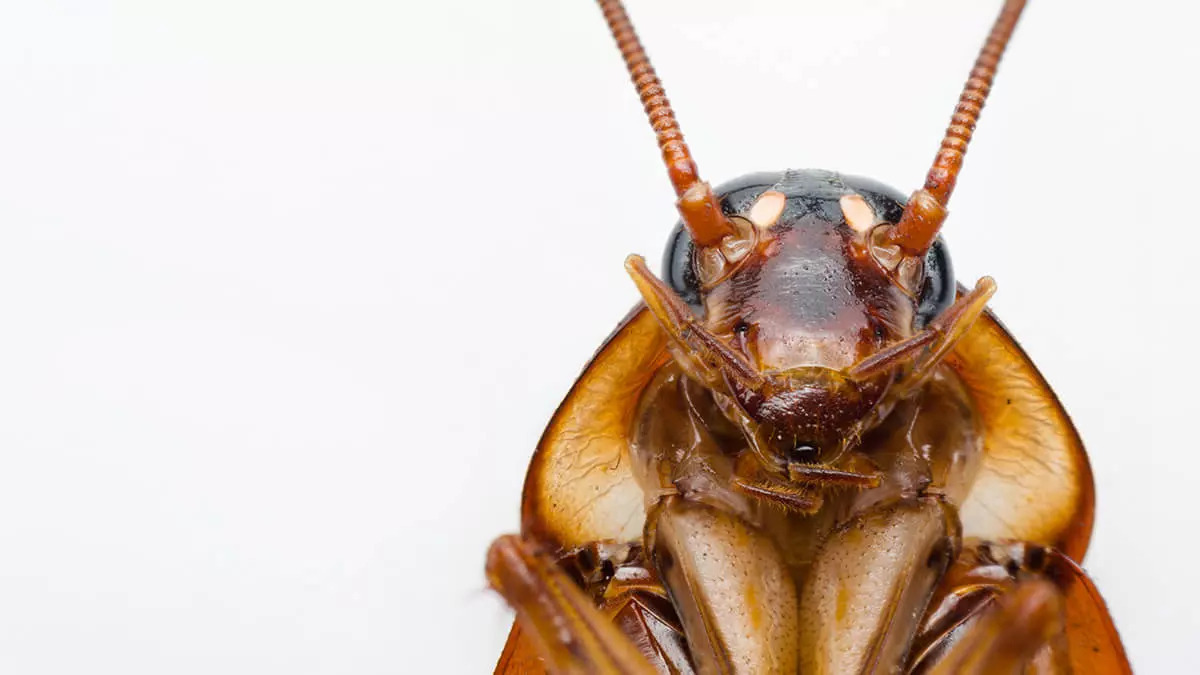
Cockroaches might not be the most beloved creatures, but they sure are fascinating! These resilient insects have been around for millions of years, surviving conditions that would wipe out many other species. Did you know that cockroaches can live without their heads for up to a week? Yes, it's true! Their unique biology allows them to breathe through tiny holes in their body segments, making their heads somewhat optional for short-term survival. Cockroaches also have an impressive ability to withstand radiation, which is why they're often mentioned in post-apocalyptic scenarios. Ready to learn more intriguing facts about these incredible survivors? Let's dive into the world of cockroaches and uncover some surprising truths!
Cockroaches: Ancient Survivors
Cockroaches have been around for millions of years. These resilient insects have adapted to various environments, making them fascinating creatures to study.
- Cockroaches date back to the Carboniferous period, over 300 million years ago.
- They have survived through multiple mass extinctions, including the one that wiped out the dinosaurs.
- Cockroaches are one of the oldest living insects, older than even some species of dinosaurs.
Physical Characteristics
Cockroaches possess unique physical traits that contribute to their survival and adaptability.
- Cockroaches can hold their breath for up to 40 minutes, allowing them to survive underwater.
- They can run up to three miles per hour, making them incredibly fast for their size.
- Cockroaches have six legs, each with tiny hairs that help them sense vibrations and navigate their environment.
- Their bodies are flat and oval-shaped, enabling them to squeeze through tiny cracks and crevices.
Diet and Eating Habits
These insects are not picky eaters. Their diet is diverse, which helps them thrive in various conditions.
- Cockroaches are omnivores, meaning they eat both plant and animal matter.
- They can survive for a month without food but only a week without water.
- Cockroaches can eat almost anything, including glue, soap, and even other cockroaches.
- They have been known to eat human food, garbage, and decaying organic matter.
Reproduction and Lifespan
Cockroaches reproduce rapidly, contributing to their large populations and persistence.
- Female cockroaches can produce up to 300-400 offspring in their lifetime.
- Some species of cockroaches can reproduce without mating, a process known as parthenogenesis.
- The average lifespan of a cockroach is about one year, but some can live up to two years.
- Cockroach eggs are protected by a hard casing called an ootheca, which can contain multiple eggs.
Sensory Abilities
Cockroaches have highly developed senses that help them detect danger and find food.
- Cockroaches have compound eyes with over 2,000 lenses, giving them a wide field of vision.
- They have antennae that can detect chemical signals and vibrations in the environment.
- Cockroaches can sense changes in air currents, helping them escape predators quickly.
- They have taste receptors on their legs, allowing them to taste food by walking on it.
Adaptability and Survival Skills
Cockroaches are known for their incredible ability to adapt to different environments and survive extreme conditions.
- Cockroaches can live without their heads for up to a week, eventually dying from dehydration.
- They can withstand radiation levels up to 15 times higher than humans.
- Cockroaches can regenerate lost limbs, which is useful for escaping predators.
- They can survive in temperatures ranging from freezing to over 120 degrees Fahrenheit.
Interaction with Humans
Cockroaches have a complex relationship with humans, often seen as pests but also subjects of scientific study.
- Cockroaches can spread diseases like salmonella, typhoid fever, and dysentery.
- They can trigger allergies and asthma attacks in sensitive individuals.
- Cockroaches are used in scientific research to study neurobiology and behavior.
- Some cultures consider cockroaches a delicacy and include them in their cuisine.
Fun and Unusual Facts
Cockroaches have some surprising and lesser-known traits that make them even more interesting.
- Cockroaches can live for a week without their heads because their brains are spread throughout their bodies.
Cockroach Facts to Remember
Cockroaches are fascinating creatures with some pretty wild abilities. They can survive without their heads for a week, hold their breath for 40 minutes, and run up to three miles an hour. These critters have been around for over 300 million years, adapting to various environments and even developing resistance to many pesticides.
Their diet is incredibly diverse, munching on anything from glue to soap. Cockroaches also play a role in the ecosystem by breaking down organic matter. Despite their creepy reputation, they’re not all bad.
Understanding these facts can help us appreciate their resilience and adaptability. Next time you see one scurrying away, remember, they’re just doing what they’ve done for millions of years. So, while they might not be the most beloved creatures, cockroaches are undeniably impressive survivors.
Was this page helpful?
Our commitment to delivering trustworthy and engaging content is at the heart of what we do. Each fact on our site is contributed by real users like you, bringing a wealth of diverse insights and information. To ensure the highest standards of accuracy and reliability, our dedicated editors meticulously review each submission. This process guarantees that the facts we share are not only fascinating but also credible. Trust in our commitment to quality and authenticity as you explore and learn with us.


